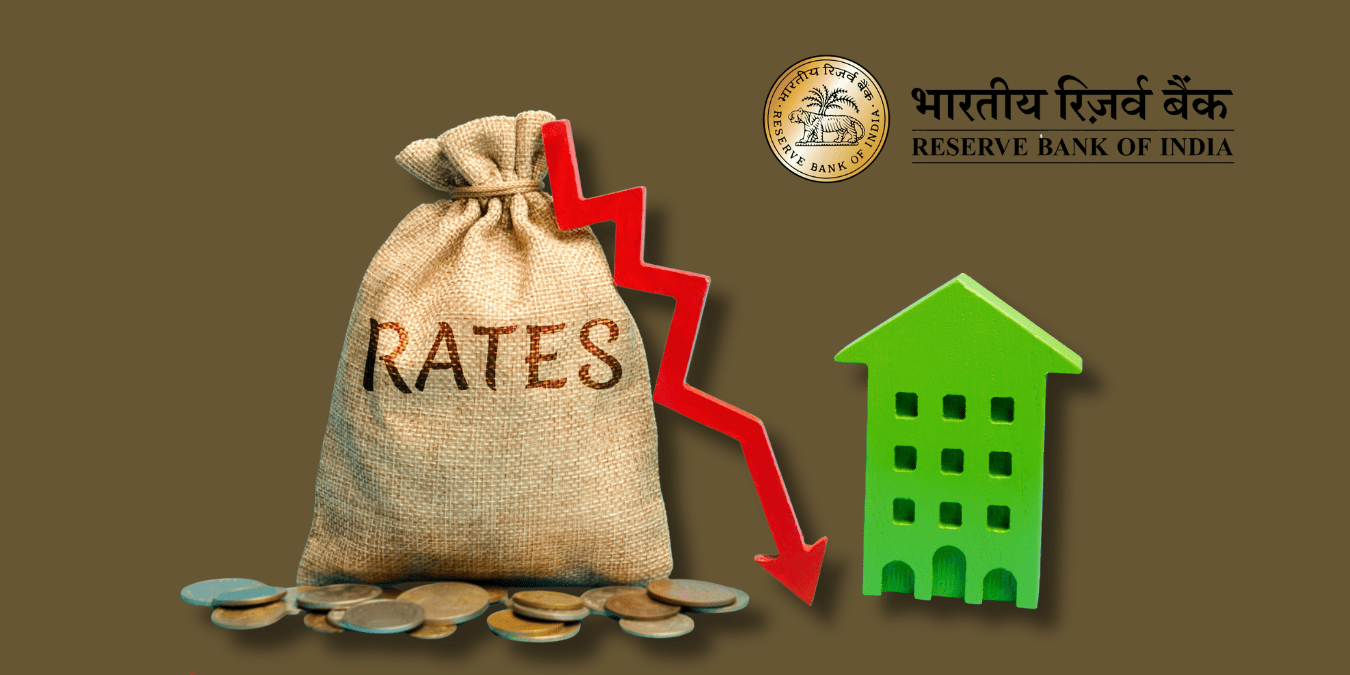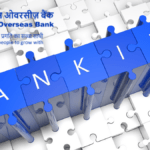
Why RBI’s Rate Cuts Are Fuelling a Fee Income Boom You Can’t Ignore
Amid shrinking interest margins and treasury income pressures in 2025, Indian banks are quietly boosting profits. But what surprising revenue source is powering this growth? Discover why fee income is the game-changer reshaping banking—and how RBI’s latest policies are accelerating this shift. Don’t miss the unseen banking revolution!
Did you know that even as Indian banks face rising costs and shrinking traditional profit sources, their overall profits are soaring? The secret isn’t what you expect—it’s fee income, quietly transforming the banking business and reshaping how millions of Indians experience banking. But what exactly is driving this trend, and what does it mean for you?
The Changing Face of Indian Bank Profits
Indian banks in 2025 are navigating a tricky profitability landscape. Treasury income—the returns banks earn from government securities and bond portfolios—and net interest margins (NIMs)—the core spread between lending rates and deposit costs—have been under relentless pressure. Rising bond yields, competitive deposit pricing, and a shifting RBI rate cycle have squeezed these income streams for both public and private sector banks.
- Net interest margins for scheduled commercial banks slipped by around 20 basis points year-on-year in recent quarters, a notable decline that impacts core earnings.
- Treasury income has shrunk as rising yields lower the market value of bonds banks hold, and the absence of open market operations by RBI limits relief.
- Despite this, major players like SBI and HDFC Bank reported over 25% growth in fee income in the most recent quarters, propelling overall profits upward.
Why Are Fee Incomes Surging?
Fees are no longer “other income” but have become a main engine for banks’ bottom lines. The key drivers are:
- Loan Products and Credit Cards: Processing fees, documentation charges, pre-payment penalties, and late payment fees form a significant and growing slice of banks’ revenues.
- Cross-Selling Strategies: Banks bundle product offerings (loans, cards, insurance, investment services) creating multiple fee channels beyond interest spreads.
- Strong SME and Retail Credit Growth: With SME loans rising nearly 19% and retail loans expanding steadily, associated fees balloon proportionately.
- Higher Cost of Deposits: As deposit costs rise, margins compress, prompting banks to lean more heavily on fee income as compensation.
- Efficient Digital Platforms: Digital transactions, payments, and value-added financial services create new avenues for fee generation.
How is RBI Rate-Cutting Influencing Bank Fee Income Strategies
The Reserve Bank of India’s rate-cutting cycle in 2025 is significantly influencing banks’ fee income strategies as they adapt to narrowing net interest margins caused by lower lending rates and rising deposit costs. When RBI lowers policy rates, banks often reduce lending rates but face slower adjustment on deposit rates due to competition and customer expectations, compressing net interest margins which traditionally drive bank profits.
To compensate for this squeeze, banks increasingly pivot to fee income as a vital revenue source. This strategy includes:
- Enhancing cross-selling of fee-generating services like personal and SME loans, credit cards, investment products, and insurance.
- Introducing or increasing charges on processing fees, prepayment penalties, late fees, and digital transaction costs.
- Expanding value-added services such as wealth management, advisory, and digital payments that yield recurring fees.
- Leveraging customer base growth from lower rates to broaden fee-earning products without relying solely on interest income.
In essence, RBI’s rate cuts have driven banks to innovate and diversify their revenue streams, making fee income a crucial pillar in sustaining profitability amid challenging interest rate environments. This trend underscores the growing importance of transparency and customer education around fees.
The Hidden Benefits for Indian Consumers and Businesses
While fees often sound like an extra burden, their rise also signals:
- Expanded Credit Availability: Growth in SME and retail loans indicates easier access to finance, supporting entrepreneurship and consumption.
- Improved Banking Services: Fee income helps banks invest in technology, digitalization, and customer experience, making banking easier and more accessible.
- Product Innovation: Diverse fee-generating products reflect innovative financial solutions tailored to specific customer needs—from instant personal loans to contactless payments.
The Behind-the-Scenes Challenges Pressuring Banks
Despite upbeat profits, banks face headwinds requiring strategic agility:
- Margin Compression: NIM pressure stems largely from higher deposit interest rates amid competition, and slower repricing of loans.
- Treasury Income Volatility: Bond yield fluctuations and RBI monetary policy choices keep treasury income uncertain and less reliable.
- Cost-to-Income Ratios: Banks must balance growing fee income against operational costs, including digital infrastructure spending and regulatory compliance.
- Competition: New-age fintechs and NBFCs challenge traditional fee models with lower fees and innovative services.
Expert Insights: Navigating the Profit Paradox
Sanjay Agarwal of CareEdge Ratings notes, "Fee income is now a strategic priority for banks to combat NIM squeeze, especially by capitalizing on retail and SME credit growth." Asutosh Mishra from Ashika Stock Broking adds, "Banks with strong retail bases are better positioned to increase fee income, acting as a cushion during rate cycles."
Real-World Impact: What This Means for You
- For borrowers, expect a more diverse set of fee-based products that might offer convenience but require awareness around charges.
- For investors, this trend points to banks with healthy fee income as robust profitability candidates even when interest margins falter.
- For policymakers, balancing consumer protection with fee transparency is critical amid growing reliance on fees.
Urgency and Opportunity: What to Watch Next
With RBI’s monetary easing expected to continue cautiously, banks must innovate fee models without alienating customers. The evolving regulatory environment may also bring greater scrutiny of fee structures and transparency demands.
- Watch for new fee products linked to digital banking, payments, and wealth management.
- Monitor policy shifts targeting margin recovery and treasury income stabilization.
- Emerging fintech partnerships could redefine how fee income is generated and shared.
Key Takeaways
- Fee income growth (>25% rise in recent quarters) is now a major driver of Indian banks’ record profits, offsetting pressure on interest margins and treasury returns.
- Loan and credit card fees linked to rising SME and retail credit drive this surge.
- While this shift indicates better credit access and banking innovation, fee transparency and cost control remain crucial concerns.
- Investors and consumers alike must stay informed to navigate this new banking profit paradigm effectively.
The Future of Indian Banking Profits: A Tense Balancing Act
The banking sector’s profit landscape in 2025 reveals a striking paradox: traditional income streams are shrinking, yet profits rise driven by fee income innovation. How banks manage margins, treasury volatility, and customer trust will shape India’s financial future. Will fee income continue its ascent, or will policy and market forces recalibrate this delicate balance? The next quarters promise key insights—stay tuned, as this banking profit saga unfolds.
Disclaimer: The use of any third-party business logos in this content is for informational purposes only and does not imply endorsement or affiliation. All logos are the property of their respective owners, and their use complies with fair use guidelines. For official information, refer to the respective company’s website.






























